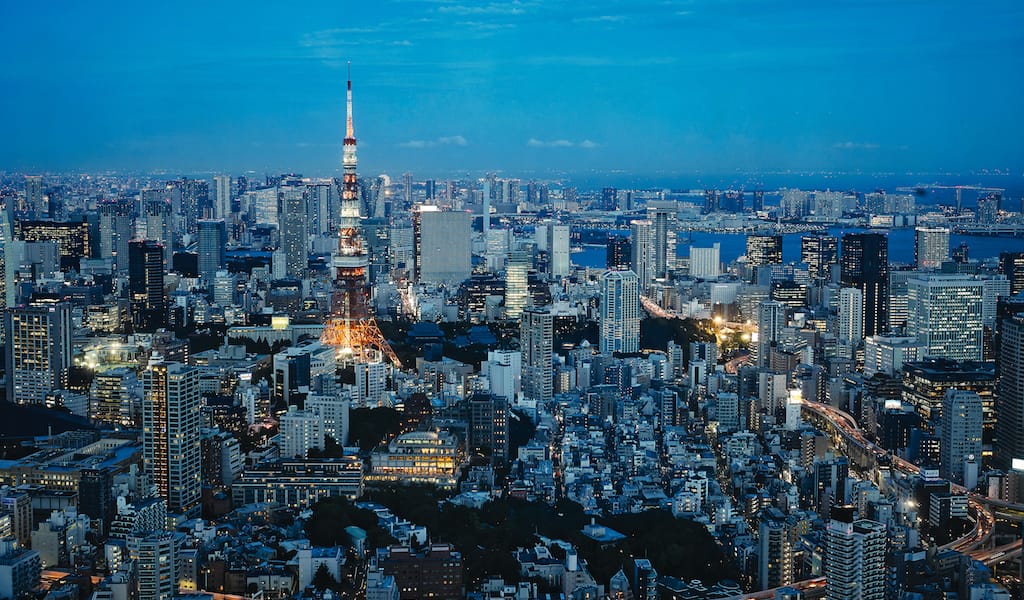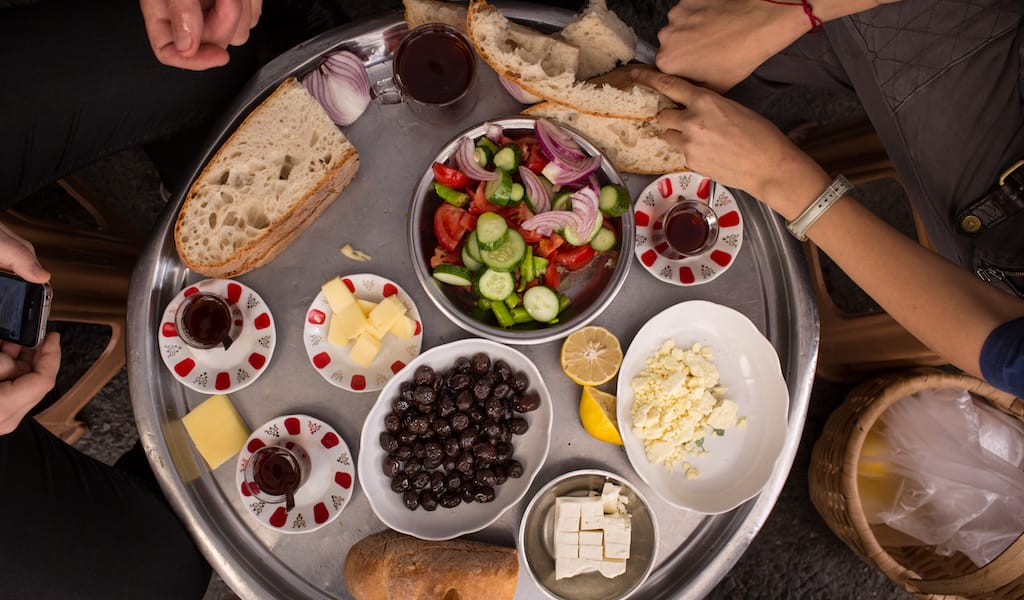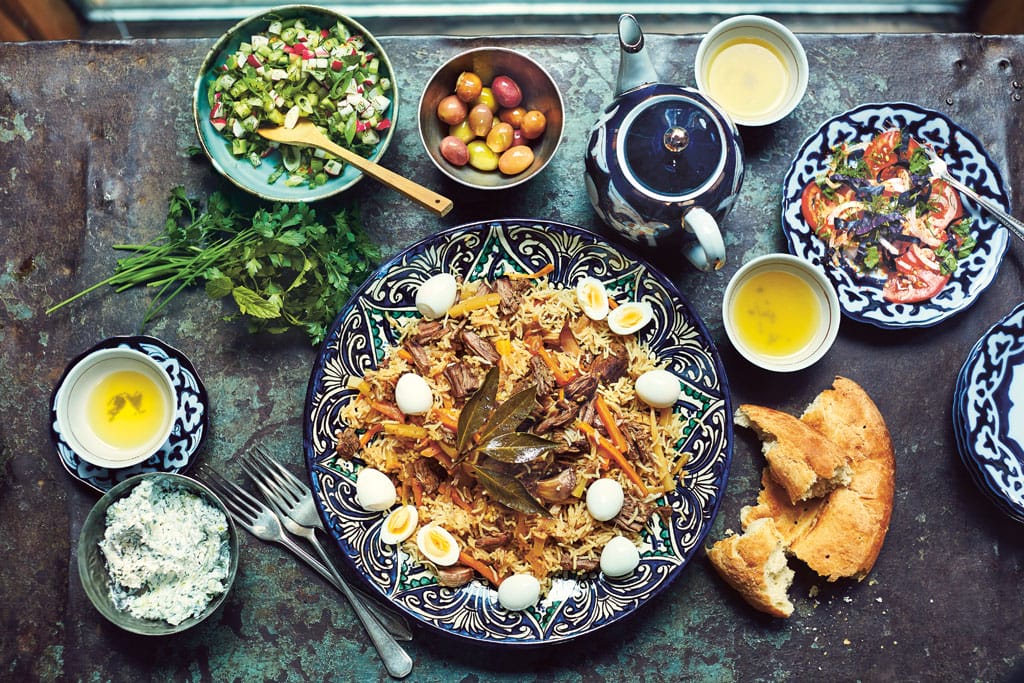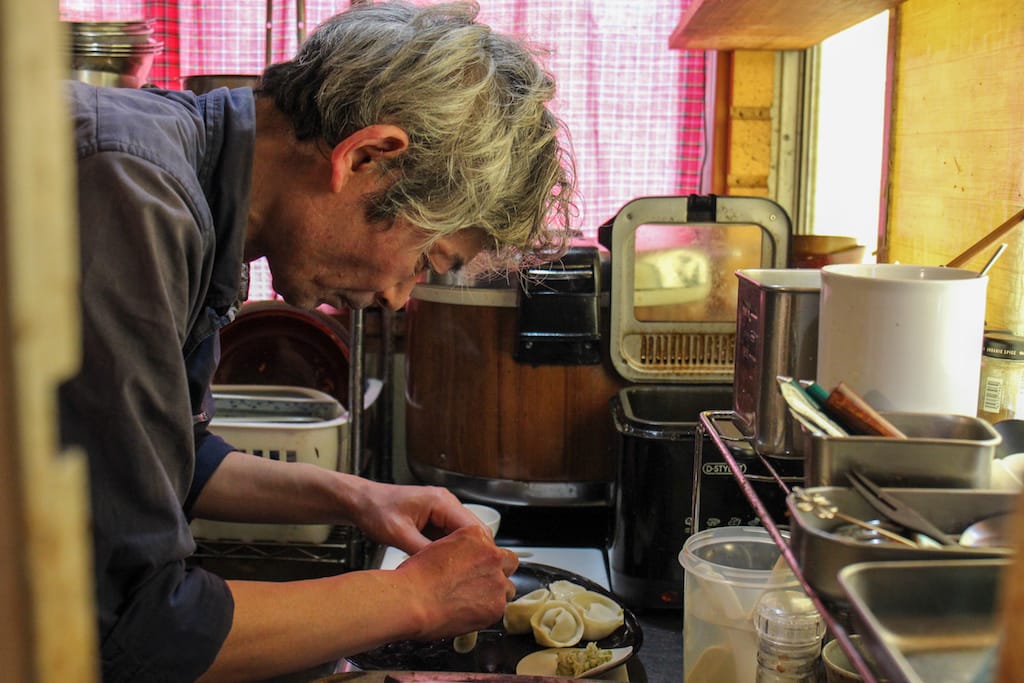Chef, food writer, and MasterChef champion Tim Anderson shares his love of Tokyo and Japanese food culture in his new book, Tokyo Stories: A Japanese Cookbook (Hardie Grant, 2019).
After moving to London, Anderson, who is originally from Wisconsin, won MasterChef in 2011, a title that catapulted him into a position as one of the UK’s most prominent voices on Japanese food and led to the opening of his own izakaya, Nanban, in Brixton at the end of 2015.
We recently spoke to Anderson, who is also the author of the cookbooks Nanban: Japanese Soul Food (Clarkson Potter, 2016) and JapanEasy (Hardie Grant, 2017), about his love for Tokyo’s food culture and how he translated this eclectic and wide-ranging culinary scene into a cookbook.
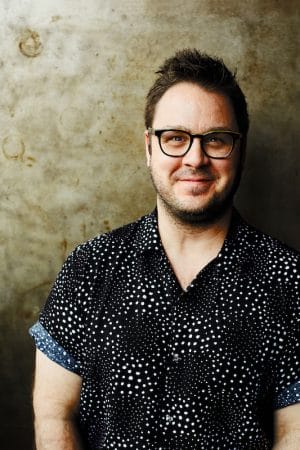 Can you tell us more about your personal history with Tokyo? When did you first fall in love with the city and why did you decide to write a cookbook focused on it?
Can you tell us more about your personal history with Tokyo? When did you first fall in love with the city and why did you decide to write a cookbook focused on it?
I fell in love with Tokyo before I even went there. I had been obsessed with Japanese food and pop culture since I was 14, so Tokyo was a kind of mecca for me. In truth, I found Tokyo extremely daunting the first time I went – I had been to Chicago and Los Angeles before, but nowhere like Tokyo. I loved it, but it was very overwhelming. I came to love it more on subsequent visits, when I was more familiar with Japanese food and the Japanese language and big cities in general, so I was less intimidated by it.
The more I visited, the more I loved it – there is always something new to try there, and my image of it is constantly evolving because I’m always discovering different sides of it. That’s why it inspired a cookbook, because there’s just so much to try, and there’s something for everyone, even if you don’t particularly like Japanese food.
You decided to take a unique approach to organizing the cookbook – rather than utilizing traditional meal categories, the book takes readers through the different “levels” of Tokyo gastronomy as if it were a building, from the basement all the way up to the fifth floor. Can you tell us about why you chose this design?
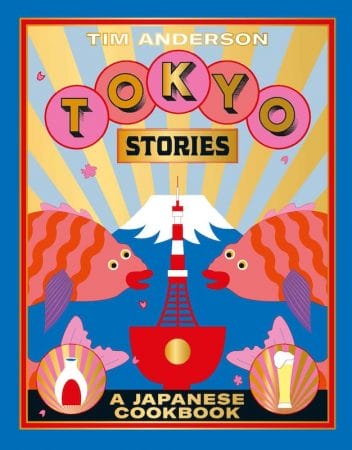 I wanted to convey the verticality or three-dimensionality of Tokyo, both in terms of its actual physical layout and its range of cuisine, price points and (in)formality. In Tokyo you will go up and down – up into the skyscrapers, hotels, and multi-storey entertainment blocks, and down into the shopping arcades, department store food halls, and subway stations. At all levels you will find fantastic food, ranging from cheap convenience store treats and street food up to modern restaurants and cocktail bars, and everything in between.
I wanted to convey the verticality or three-dimensionality of Tokyo, both in terms of its actual physical layout and its range of cuisine, price points and (in)formality. In Tokyo you will go up and down – up into the skyscrapers, hotels, and multi-storey entertainment blocks, and down into the shopping arcades, department store food halls, and subway stations. At all levels you will find fantastic food, ranging from cheap convenience store treats and street food up to modern restaurants and cocktail bars, and everything in between.
What challenges, if any, did you face in translating Tokyo’s eclectic and wide-ranging culinary scene into recipes for home cooks?
Luckily, many dishes from Tokyo are fairly simple to prepare, and Japanese ingredients are increasingly easy to get hold of. There are some recipes that require a bit of effort – especially sushi, ramen, and some of the ‘modernist’ or high-end dishes – but they still aren’t really difficult; they just take a bit of patience or practice. I have tried not to dumb anything down, because that wouldn’t be fair to Tokyo or to the reader, but I have tried to be as clear and as detailed as possible so there shouldn’t be too much guesswork involved. The most challenging part was trying to fit everything in!
Who were you writing this book for and how did that affect your approach, if at all? What are you hoping readers take away from the cookbook?
I wrote this book for Tokyo, anybody who loves Tokyo, and anybody who wants to go to Tokyo, and anybody who hasn’t got a clue about Tokyo. I wanted it to be inviting, yet comprehensive – not just a ‘greatest hits’ of the city but also a documentary of everything that makes Tokyo such a special place in terms of food.
The thing that excites me most about Tokyo is its diversity – it’s not just sushi and soba, it’s also pizza and fried chicken and Filipino food and Austrian pastries and idiosyncratic regional Japanese dishes. I want readers to understand that Tokyo and its food defy generalization; it is everything you might expect, and so much more. And, more than anything, I want anybody who hasn’t been there to want to go.
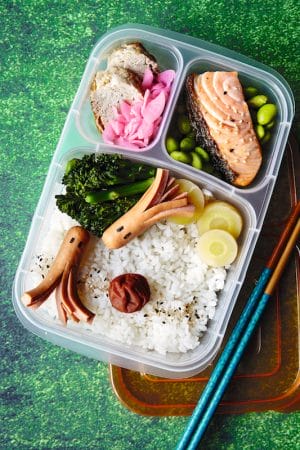 In your opinion, what makes Tokyo such a special culinary city, one that’s different from the other culinary capitals across the world?
In your opinion, what makes Tokyo such a special culinary city, one that’s different from the other culinary capitals across the world?
There are many things that set Tokyo apart from other cities, but I suppose what really makes it stand out is quality. There are other cities that have a similar range of food offerings, but few in which the standard is so high at every level. I always say people should eat food from a convenience store in Tokyo at least once – you’ll be amazed at how good it is. I really don’t think you can say that about convenience stores in any other country.
If you had to recommend one must-try dish or restaurant to our readers visiting Tokyo, what would it be?
I would recommend trying one of Tokyo’s few truly local dishes, mostly found in the ‘old downtown’ area of East Tokyo: Fukagawa meshi (clam rice), Yanagawa nabe (loach hotpot) or monjayaki (which defies translation). All of these are really unique, very local, and really delicious, and they offer a taste of Tokyo’s history, rooted in its historic communities of fishermen and merchants.
What advice would you give to our readers when it comes to eating in Tokyo?
Whatever you do, don’t limit yourself. Try everything. You may think you don’t like something, but keep an open mind, because whatever you’ve had is probably different and quite a bit better in Tokyo. I know so many people who never liked sushi, for example, but then they tried it in Tokyo and loved it. I myself have never much cared for udon, but I had an udon meal on my last trip that absolutely blew my mind. Even McDonald’s is better in Japan. So go everywhere, try everything, and enjoy!
Click here to purchase your copy of “Tokyo Stories: A Japanese Cookbook” (Hardie Grant, 2019), out now.
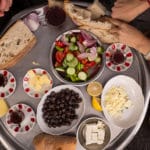 October 6, 2017 CB Book Club
October 6, 2017 CB Book Club
Photographer David Hagerman is one half of the duo behind the new cookbook Istanbul […] Posted in Istanbul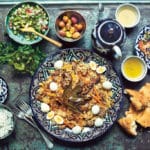 September 15, 2016 CB Book Club
September 15, 2016 CB Book Club
We recently spoke with travel writer Caroline Eden and food writer Eleanor Ford about […] Posted in Tbilisi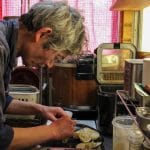 August 5, 2022 Chabuzen
August 5, 2022 Chabuzen
Daiji Takada, owner of Chabuzen, peeks out over the counter from the kitchen, which has […] Posted in Tokyo
Published on May 03, 2019
Related stories
October 6, 2017
Istanbul | By Culinary Backstreets
IstanbulPhotographer David Hagerman is one half of the duo behind the new cookbook Istanbul & Beyond: Exploring the Diverse Cuisines of Turkey, which will be published by Rux Martin Books/Houghton Mifflin Harcourt (USA) on October 10. Together with Robyn Eckhardt, his journalist wife and the author of Istanbul & Beyond, he has crisscrossed Turkey countless…
September 15, 2016
Tbilisi | By Culinary Backstreets
TbilisiWe recently spoke with travel writer Caroline Eden and food writer Eleanor Ford about their new cookbook, Samarkand: Recipes & Stories from Central Asia & the Caucasus (Kyle Books; July 2016). Eden has written for the Guardian, the Telegraph and the Financial Times, among other publications, while Ford has been an editor for the Good…
August 5, 2022
TokyoDaiji Takada, owner of Chabuzen, peeks out over the counter from the kitchen, which has about a meter-long strip of standing space for one at most. The interior of this narrow restaurant, tucked away in the very fringes of the hip neighborhood of Shimokitazawa in western Tokyo, isn’t much more spacious. Two low tables on…







































